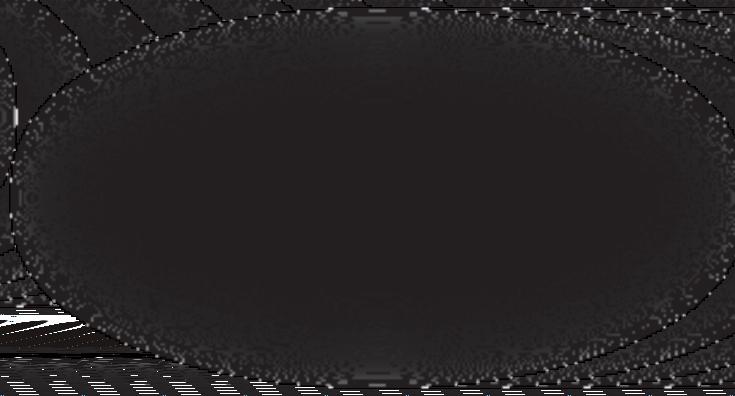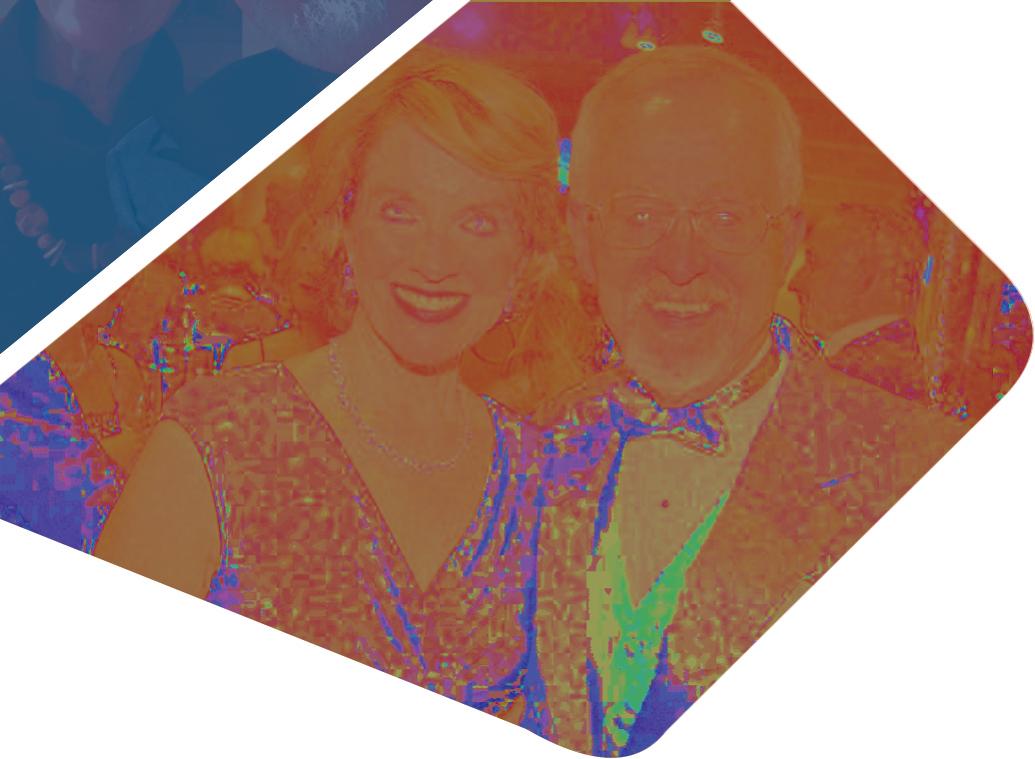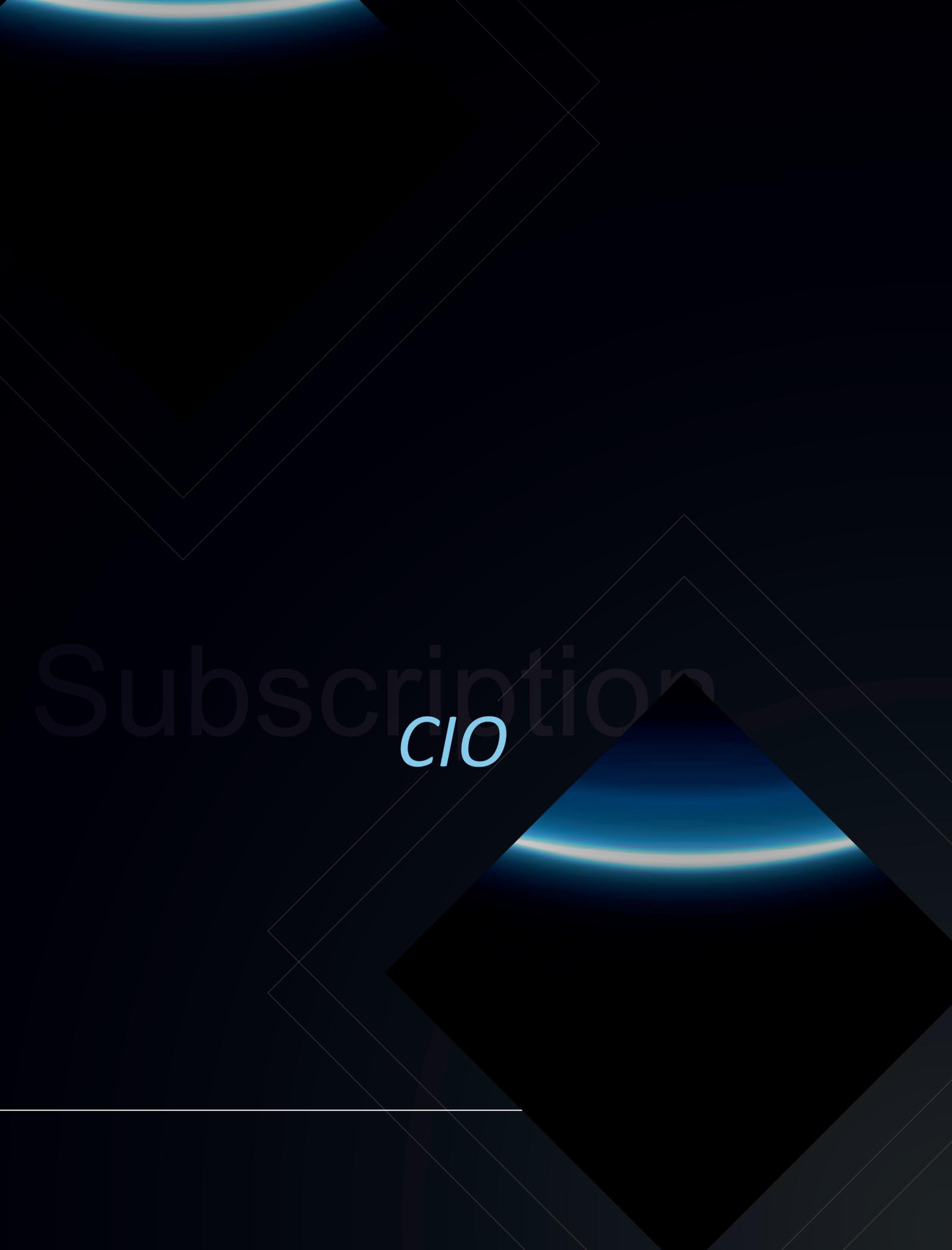




Showcasing Advisory Impact
Gaining Unmatched Exposure

Establishing as Industry Authority
Featuring on International platform


Retirement, for many, marks the culmination of a lifelong career. For a select few,
however, it becomes a new beginning—a chance to extend impact beyond the classroom, the lab, or the boardroom. This special feature celebrates one such individual whose contributions continue to resonate far beyond the walls of academia: ProfessorRichardLarson.
Recognized as the World’s Most Visionary Retired Professor Shaping the Future, Richard Larson embodies the rare blend of intellect, innovation, and humanity that defines true legacy While many know him for his pioneering work in operations research and urban systems at MIT, it is his enduring curiosity, relentless pursuit of problem-solving, and commitmenttopublicgoodthatsethimapart.
Hispost-retirementjourneyisanythingbutquiet.Fromadvancingeducationaltechnologies andrethinkingurbaninfrastructuretomentoringfutureleadersandinfluencingpublicpolicy, ProfessorLarsonhasremainedavibrantforceinshapingtomorrow’schallengeswithclarity andpurpose.Hisworkdoesn’tsitinarchives—itlivesonthroughstudents,institutions,and communitiesthatbenefitfromhisinsightseveryday
WhatmakesRichardLarson’sstorysocompellingisnotjustthebrillianceofhisideas,but thehumilityandaccessibilitywithwhichhesharesthem.Hehasproventhatretirementneed notbeanexit,butratherapowerfulphaseofreflection,reinvention,andrenewedimpact.Ina worldseekingsolutionstoincreasinglycomplexproblems,voiceslikehisaremoreessential thanever
This feature is a tribute to a lifetime of leadership and a reminder that visionary thinking knowsnoagelimit.Aswelooktowardthefutureofeducation,technology,andurbandesign, RichardLarsonstandsasaguidinglight—proofthatpassionforprogressdoesn’tretire.
Wearehonoredtosharehisstorywithyou.



Richard Larson’s Lifelong Mission to Bridge Education with Strategy for a Meaningful Impact
08 Education in 2030: What Will Learning Look Like? Tech-Innovations How Blockchain Could Reshape Academic Credentials
18


22
Editor-in-Chief
Deputy Editor
Managing Editor
Assistant Editor
Visualizer
Art & Design Head
Art & Design Assitant
Business Development Manager
Business Development Executives
Technical Head
Assitant Technical Head
Digital Marketing Manager
Research Analyst
Circulation Manager
David
Mia
Eric
Richard



































The concept of education is undergoing a profound
transformation By 2030, the very nature of learning—what we learn, how we learn, where we learn,andwhywelearn—willlookdrasticallydifferentfrom today’s norms. This evolution is not driven by technology alonebutbyadeeperunderstandingofhowtonurturehuman potentialinaworlddefinedbycomplexity,connectivity,and constantchange.
The traditional education model—structured, standardized, andoftenstatic—isbeingreplacedbyagileframeworksthat prioritize adaptability, personalization, and real-world relevance. By 2030, education will no longer be confined to rigidcurriculadeliveredwithinthefourwallsofaclassroom. Instead, learning will be modular, flexible, and studentdriven.
Courses and subjects will be tailored to individual learning styles and life goals Students will construct their own learning paths using digital platforms that adjust content dynamically based on performance and interest. Projectbased, experiential learning will take precedence over rote memorization, allowing students to solve real-world problemscollaboratively,oftenacrossgeographies.
Artificial Intelligence will be central to education in 2030. Smart learning assistants and AI tutors will deliver instant feedback, monitor student progress, and offer customized interventions. These systems will not only identify learning gapsbutalsorecommendoptimalresources—whetherthat’s a video, interactive simulation, or a peer discussion forum—toaddressthem.
Educators will become learning designers and facilitators, guiding students in navigating these intelligent ecosystems. AIwillalsodemocratizeaccesstoqualityeducation,breaking down socioeconomic and geographic barriers that have historicallylimitedopportunity.
Learning environments in 2030 will be richly immersive. With the proliferation of Virtual Reality (VR), Augmented Reality (AR), and Extended Reality (XR), education will transcend textbooks and whiteboards Students studying history might walk through ancient Rome; biology students couldexplorethehumanbodyatacellularlevel.
These technologies will not only enhance engagement but deepen understanding by allowing learners to experience complex systems and abstract concepts in lifelike settings. SchoolswillintegrateXRlabs,andfieldtripscouldbevirtual, makingexperientiallearningaccessibletoall.
The future of education will emphasize skill development over traditional subject silos. In an economy where automationthreatensroutinejobs,thevalueofhuman-centric skills creativity, emotional intelligence, adaptability, criticalthinking—willrise.
By 2030, curricula will be competency-based. Students will graduate not with GPAs alone, but with skills passports—digital portfolios validated by practical projects, peer reviews, and even employer endorsements. This shift willredefinetheconceptof"qualified,"movingfromdegrees todemonstrableabilities.
Borders will blur in education. Global collaboration will be the norm, with students participating in international classrooms through virtual platforms. Learners in Nairobi might co-create a sustainability project with peers in Tokyo and São Paulo, bringing diverse perspectives to the same challenge.
Yet,hyper-localizationwillalsothrive.Schoolswillintegrate indigenousknowledgesystems,culturalnarratives,andlocal community issues into learning modules. This dual focus global connectivity and local relevance will producewell-rounded,culturallyawareglobalcitizens.
Standardized testing, long criticized for promoting conformityovercreativity,willbecomeobsoleteby2030.In its place, continuous, formative assessment will take root—poweredbyAIandinformedbydataanalytics.
Students will be evaluated not on how well they recall facts but on how effectively they apply concepts, solve problems, and collaborate. Portfolios, peer reviews, real-world project outcomes, and digital credentials will serve as more meaningfulindicatorsoflearningandpotential.
Theideathateducationendswithgraduationwillbearelicof the past. In 2030, learning will be lifelong and lifestyleintegrated.Microlearningmodules,upskillingplatforms,and learning subscriptions will be as common as music or streamingservicestoday.
Employers will increasingly partner with educational institutions to co-create curricula and offer learning-on-thejob experiences. Workers will routinely shift between roles, industries, and disciplines, requiring continuous learning to stayrelevantandresilient.
Despite the rise of intelligent machines, the human touch in education will remain irreplaceable.Teachers will no longer bemeretransmittersofinformationbutmentors,coaches,and emotionalanchors.
Professional development for educators will focus on technological fluency, cultural competency, and emotional literacy Teacher-studentrelationshipswillbefoundationalin fosteringtrust,motivation,andpurpose.
Education in 2030 will be a living system fluid, interconnected, and deeply human. It will value not just knowledge, but wisdom; not just access, but agency. The question will shift from “Are students prepared for the future?”to“Caneducationevolveasfastastheworldaround us?”
As we move toward 2030, the challenge is not merely to predict the future of education but to shape it intentionally—anchoredinempathy,equity,andexcellence. CIO



Inadigitizingworld,whereverification,trust,and
transparencydefineoperationalefficiencyacross industries,theeducationsectorfindsitselfonthebrink ofamajortransformation.Amongthemostdisruptive forcespoisedtoredefineacademicinfrastructureis blockchaintechnology Whilepopularlyknownforits associationwithcryptocurrencieslikeBitcoin,blockchain's foundationalattributes—decentralization,immutability,and transparency—makeitapromisingtoolforalong-overdue overhaulinacademiccredentialing.
TheProblemwithTraditionalCredentials
Academiccredentials—transcripts,diplomas, certificates—havelongservedasformalattestationsof learning,skill,andachievement.Buttraditionalsystemsof issuingandverifyingthesedocumentsareriddledwith inefficienciesandvulnerabilities.
Lostdiplomas,forgedcertificates,andbureaucratic verificationprocessesslowdownemployment,admissions, andmigration.Studentsandprofessionalsoftenneedtorely oninstitutionstovalidatetheirachievements,whichcanbe time-consumingandcostly,especiallyacrossborders. Meanwhile,organizationsthatrelyonthesecredentialsare increasinglyexposedtofraud,withpaperdocumentseasy toreplicateortamperwith.
Intheglobalizedworldof21st-centuryworkandlearning, thisanalogsystemfallsshort.
Blockchain:
Blockchainfunctionsasadistributeddigitalledger, meaningonceapieceofdataisrecordedandvalidated,it becomesvirtuallytamper-proofandpubliclyverifiable.

Appliedtoeducation,thismeansthatoncea credential—likeadegreeorcoursecertificate—isissuedvia blockchain,it’spermanentlystored,timestamped,andcan beindependentlyverifiedbyanyonewithoutneedingto contacttheissuinginstitution.
Forlearners,thisempowersthemtoownandsharetheir credentialsinstantly,anytimeandanywhere.Foremployers, universities,andgovernments,blockchaindeliversinstant validationwithoutthemiddlemen.
Inablockchain-enabledsystem,auniversityoreducational platformissuesadigitalcertificate,encryptsit,andstoresit onablockchain.Thestudentreceivesadigitalbadgeorlink thatcontainsaverifiablehash—auniquedigital fingerprint—linkedtotheblockchainentry Anytimethis credentialisshared,therecipientcancheckitsauthenticity bymatchingthehashagainsttheblockchain.
Someimplementationsalsousesmartcontractstoautomate processeslikeexpiration,renewal,ortieredaccess.For example,amedicalcertificationcouldauto-expireifnot renewed,orapotentialemployercouldviewatranscript onlyafterstudentconsentisprovided.
Leadinginstitutionsandgovernmentshavealreadybegun experimentingwithblockchain-basedcredentials:
• MITlaunchedits“Blockcerts”initiative,allowing graduatestoreceivedigitaldiplomasstoredonthe blockchain.Thesecredentialscanbeinstantlyshared withemployersandinstitutionsglobally
• TheEuropeanCommissionispilotingtheEuropean BlockchainServicesInfrastructure(EBSI),which includesblockchaindiplomastoeasestudentmobility acrossEUnations.
• India’sNationalSkillDevelopmentCorporation (NSDC)partneredwithblockchainfirmstoissue tamper-proofskillcertificatestoitslearners, enhancingtrustinvocationaltraining.
Theseusecasesarenotisolatedexperiments—they're blueprintsforaglobal,scalableshiftinhowweauthenticate education.
Imagineafuturewherea16-year-oldinruralKenyacan earnagloballyrecognizeddigitalbadgeforcompletingan AIcourseonalearningplatform,andseamlesslysharethat withauniversityinGermany.OrarefugeefromSyria provingpastacademicqualificationsthroughasecure blockchainportfolio,bypassinglostrecordsandclosed institutions.
Thisisn’tsciencefiction—it’sanaturalprogressionof whereeducationmeetstechnology Asdigitallearning platformsexpand,cross-bordertalentmobilitygrows,and employersseekfaster,verifiableproofsofcompetence, blockchaincredentialsofferadurablesolutiongroundedin transparency,security,andlearnerempowerment.
Educationsystemsworldwidearegrapplingwithhowto makelearningmoreaccessible,verifiable,andfuture-ready. Blockchain,despitebeingacomplexandevolving technology,couldbeakeystoneinthat transformation—redefiningnotjustwhatcredentialsmean, buthowtheyareearned,owned,andtrusted.
Thetransitionfrompaper-basedtoblockchain-enabled academiccredentialsismorethanatechnologicalupgrade; it’saphilosophicalshifttowarddecentralizingeducational authorityandempoweringlearners.Withthoughtful implementation,globalcollaboration,andstrongdata governance,blockchaincouldusherinaneweraofequity, efficiency,andtrustinacademicachievement.Aseducation continuestoevolveinthedigitalage,blockchainisn’tjusta tool—it’satransformativeforce.



